Summary:
Unlock the potential of your mobile app with the right architecture. Delve into MVC, MVP, and MVVM patterns to enhance scalability, maintainability, and performance. This comprehensive guide navigates through layers and app types, empowering you to choose the perfect mobile app architecture for success.
In the bustling world of mobile app development, where innovation races against the clock and user expectations soar higher with each passing day, one element stands as the bedrock of success: architecture. It’s the invisible force that orchestrates the symphony of features, ensuring seamless performance and reliability even amidst the chaos of digital landscapes. Amidst this dynamic landscape, a mobile app development company plays a pivotal role, as its expertise continually shapes the evolution of architecture, driving innovations in user interfaces, cloud integration, artificial intelligence, and more.
What is Mobile App Architecture?
Mobile app architecture refers to the structure or blueprint upon which a mobile application is built. It encompasses the design principles, patterns, and methodologies used to organize the various components of an app, including its user interface, business logic, data storage, and interaction with external services.
Effective mobile app architecture is essential for creating apps that are scalable, maintainable, and performant.
There are various architectural patterns commonly used in mobile app development, such as Model-View-Controller (MVC), Model-View-Presenter (MVP), Model-View-ViewModel (MVVM), and Clean Architecture. Each of these patterns has its own set of principles and guidelines for organizing code and separating concerns to achieve a clean and maintainable architecture.
What are the top mobile architecture patterns?
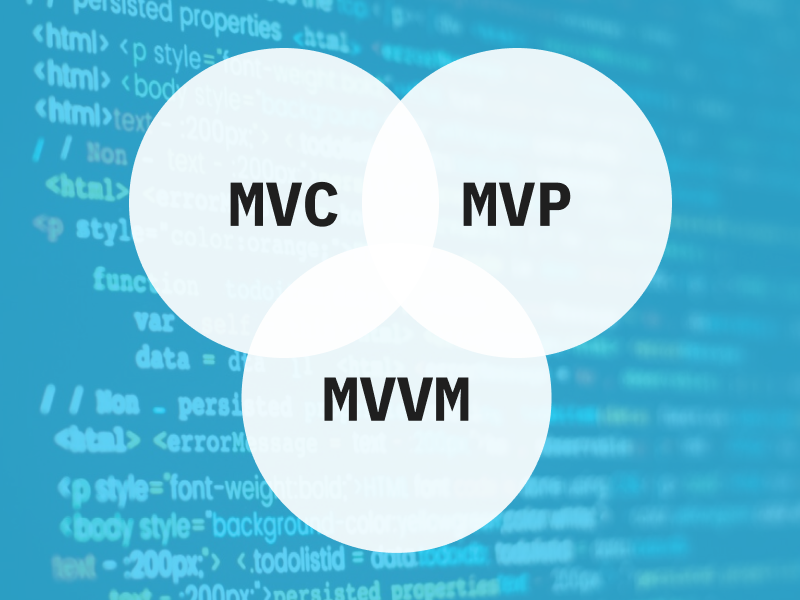
1. Model-View-Controller (MVC):
The Model-View-Controller architecture pattern is a simple yet widely-used model that divides the app into three main components.
Model: Responsible for data handling, including data retrieval from sources such as databases or APIs.
View: Manages the user interface (UI) and what the user sees.
Controller: Acts as a link between the Model and View, processing data from the Model and sending it to the View. Contains the core logic and algorithms of the app.
MVC is the default architecture for iOS apps due to its simplicity. However, it can become cumbersome for large, complex apps.
2. Model-View-Presenter (MVP):
The Model-View-Presenter architecture pattern shares similarities with MVC but introduces a different approach.
Model: Handles data, similar to MVC.
View: Manages the UI, like in MVC, but has a more active role, initiating requests to the Presenter and Model.
Presenter: Processes data for the user, akin to the Controller in MVC. Views are reusable, making MVP more modular and suitable for large applications.
MVP is commonly used in Android development, offering modularity and reusability.
3. Model-View-ViewModel (MVVM):
The Model-View-ViewModel architecture pattern takes a different approach, emphasizing separation of logic.
Model: Manages data.
View: Handles the visual elements (UI), but can’t directly change UI elements. Utilizes data binding.
ViewModel: Contains application logic, working independently of the View component.
MVVM promotes a higher separation of logic, making it easier to maintain than MVC and MVP. It is preferred for its extensibility, code modularization, testability, and pluggability, particularly in large-scale app development.
In summary, each mobile app architecture pattern offers unique advantages and is chosen based on factors such as the size and complexity of the app, development preferences, and platform requirements. Understanding these patterns allows developers to make informed decisions when designing and implementing mobile applications.
Importance of a well-structured architecture
A well-structured architecture is paramount in mobile app development for several reasons:
- Scalability: A well-designed architecture allows the app to scale seamlessly as user demand grows. It provides a framework that accommodates increasing loads without sacrificing performance or stability.
- Maintainability: A structured architecture makes it easier to maintain and update the app over time. By organizing code into logical components and following established patterns, developers can make changes or add new features with minimal risk of introducing bugs or causing disruptions.
- Flexibility: A modular architecture enables developers to adapt the app to changing requirements and technology trends. By decoupling components and enforcing clear boundaries between them, developers can swap out or upgrade individual pieces without affecting the entire system.
- Testability: A well-structured architecture facilitates testing at various levels, including unit tests, integration tests, and end-to-end tests. By isolating components and minimizing dependencies, developers can write more robust and efficient tests that validate the app’s behavior under different conditions.
- Performance: An optimized architecture can improve the app’s performance by minimizing unnecessary overhead and maximizing resource utilization. By carefully designing the flow of data and operations, developers can ensure that the app responds quickly and efficiently to user interactions.
- Security: A secure architecture minimizes the risk of data breaches and unauthorized access by enforcing best practices for data handling, authentication, and encryption.
What Are the Layers in Mobile App Architecture?
Mobile apps, like intricate puzzles, are composed of distinct sections working together seamlessly. These sections, known as “layers” in mobile app architecture, play specific roles in delivering a smooth user experience. Let’s delve into these key layers:
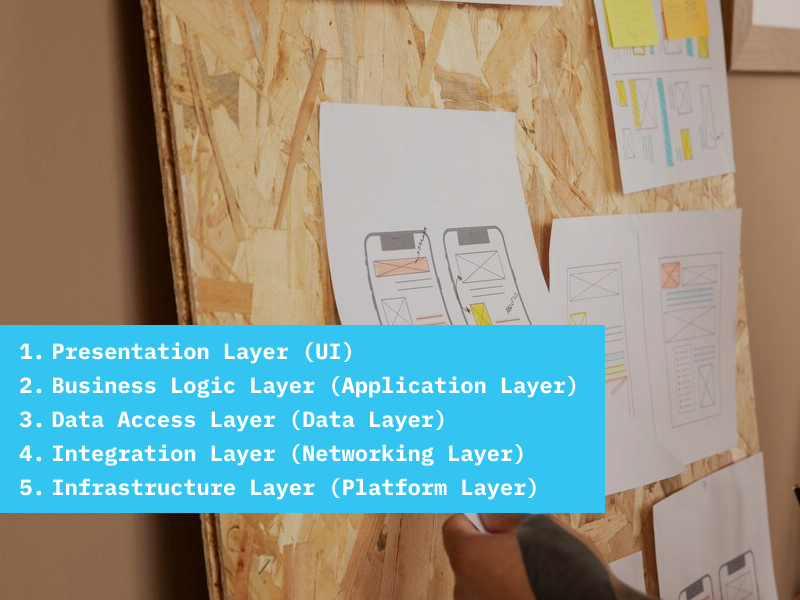
- Presentation Layer (UI): Imagine this as the storefront of your app. It handles what users see and interact with, including screens, buttons, and other visual elements. This layer prioritizes the app’s appearance and user interaction flow.
- Business Logic Layer (Application Layer): This serves as the brain of your app, housing the core logic and rules. It processes user inputs, enforces business requirements, and coordinates communication between other layers, ensuring the app functions as intended.
- Data Access Layer (Data Layer): This layer manages all things data, acting as a bridge between the app and external data sources, like databases or web services. It handles data models, storage mechanisms, and provides a unified way to access and manipulate data across the app.
- Integration Layer (Networking Layer): Think of this as the messenger, facilitating communication between the app and external systems. It utilizes network components and protocols to manage tasks like sending and receiving data, handling server responses, and interpreting data formats (like JSON or XML).
- Infrastructure Layer (Platform Layer): This layer forms the foundation, providing essential services and tools for the app to function smoothly. It includes libraries, frameworks, and platform-specific APIs that handle common activities such as logging, caching, error management, and accessing device functionalities.
How to Choose the Right Mobile App Architecture?
Choosing the appropriate mobile app architecture is vital for ensuring the success and sustainability of your application. Here’s a comprehensive guide to help you make the right decision:
- App Requirements
- Functionality: Determine the essential features and complexity of your app, including heavy processing, offline capabilities, or real-time data updates.
- Target Platforms: Decide whether you’ll focus on native development for iOS and Android or opt for a cross-platform approach.
- Team Expertise and Resources
- Development Skills: Assess your team’s proficiency with various frameworks and platforms.
- Budget and Time Constraints: Consider the costs and time associated with native development versus cross-platform solutions.
- User Experience (UX) Considerations
- Platform-Specific UI/UX: Native apps often deliver a more intuitive experience tailored to specific platforms.
- Consistency: Ensure your chosen architecture maintains consistency across different devices and platforms.
- Popular Mobile App Architecture Patterns
- Model-View-ViewModel (MVVM): Ideal for complex apps with frequent UI updates and data binding, promoting testability and maintainability.
- Model-View-Presenter (MVP): Offers clear separation between UI and business logic, suitable for simpler apps or heavy third-party library usage.
- Modular Architecture: Divides the app into smaller, reusable modules, facilitating easier maintenance for large-scale applications.
- Choosing the Best Fit
Recognize that there’s no universal solution; the optimal architecture depends on your app’s specific requirements, team expertise, and long-term objectives.
Evaluate the trade-offs associated with each architecture, considering factors like flexibility, performance, development complexity, and long-term maintenance.
What are the Different Types of Mobile Apps?
Mobile applications are like specialized tools, each designed to address specific user needs. They come in various forms, each offering unique advantages depending on their development approach and intended use:
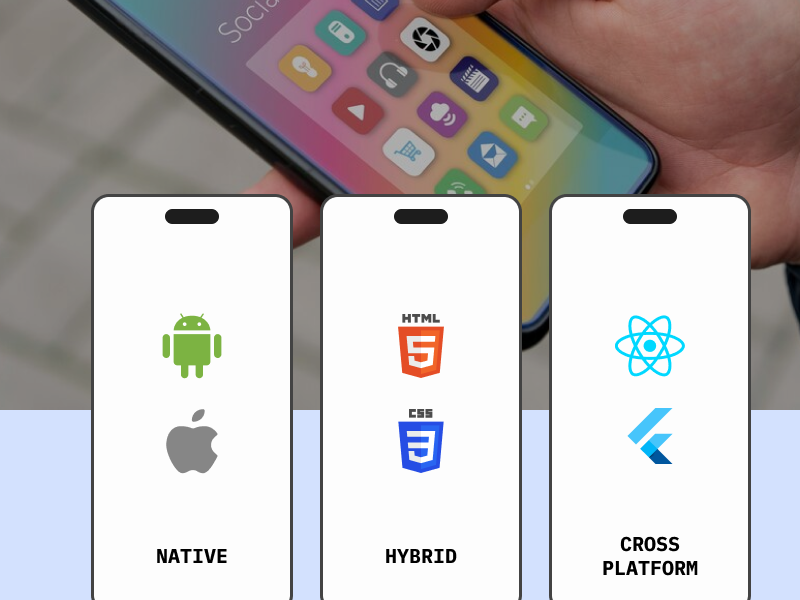
- Native Apps: Native apps, Tailored for a specific platform (iOS or Android), like a key fitting a specific lock. Built with platform-specific languages for optimal performance and access to unique features.
- Web Apps: Accessible through your web browser, like a website you visit. No need for installation, simply enter the URL and get started. Platform-independent, allowing access from any device with a compatible browser.
- Hybrid Apps: Hybrid apps, A blend of web and native elements, like a puzzle with pieces from different sources. Built using web technologies but housed within a native container, enabling access to native features.
- Cross-Platform Apps: Written once, deployed on many platforms, like a versatile adapter. Utilize frameworks allowing code sharing while maintaining a native-like user experience.
Choosing the Perfect Mobile App Architecture with Creole Studios
In the dynamic realm of mobile app development, where innovation is paramount and user expectations are ever-evolving, mastering mobile app architecture stands as the cornerstone of success. As a mobile app development company, understanding the intricacies of architecture patterns is crucial. These patterns offer distinct advantages in scalability, maintainability, and performance, enabling companies to craft robust applications tailored to diverse requirements. By recognizing the importance of layers within mobile app architecture companies can create seamless user experiences that resonate with their audience. Ultimately, staying adaptable and informed about emerging architectural paradigms empowers mobile app development companies to navigate the complexities of the digital landscape with confidence, driving innovation and exceeding expectations in an ever-changing market.











 30 mins free Consulting
30 mins free Consulting 
 12 min read
12 min read 
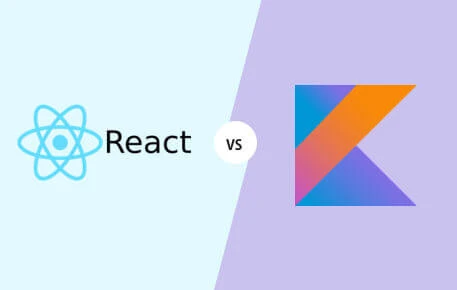
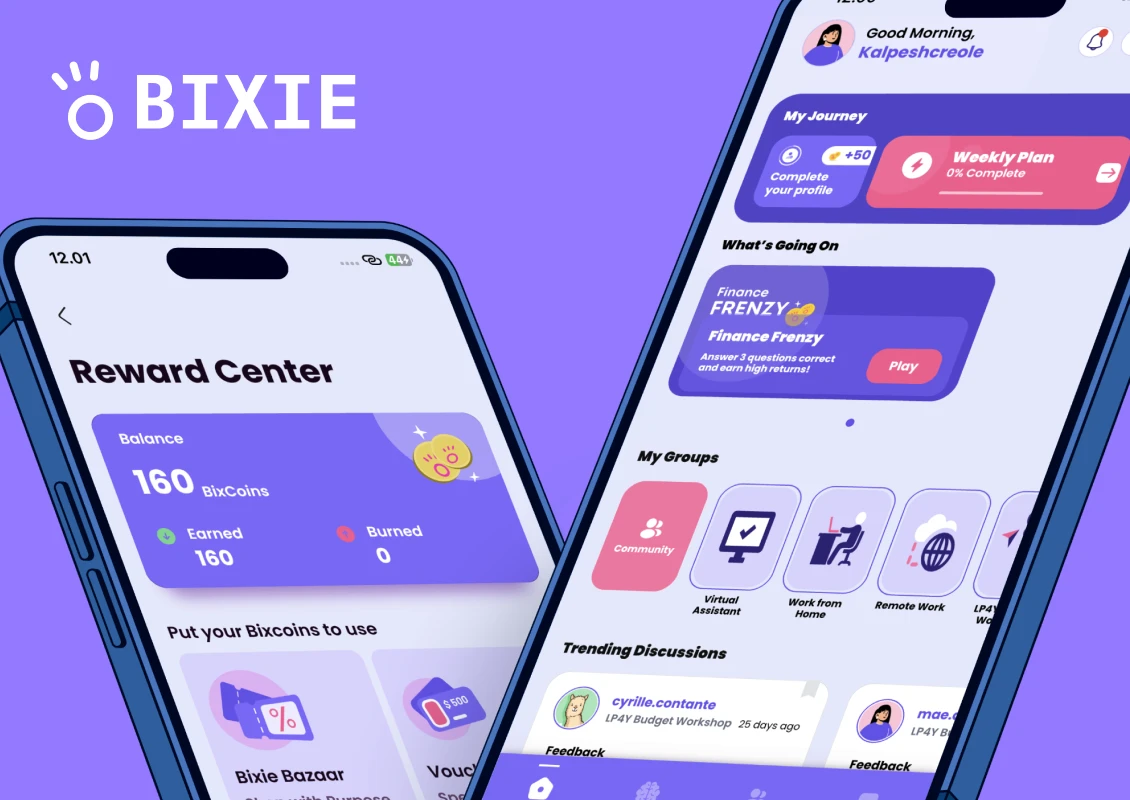
 Singapore
Singapore 
 USA
USA 
 Finland
Finland 





 Love we get from the world
Love we get from the world 